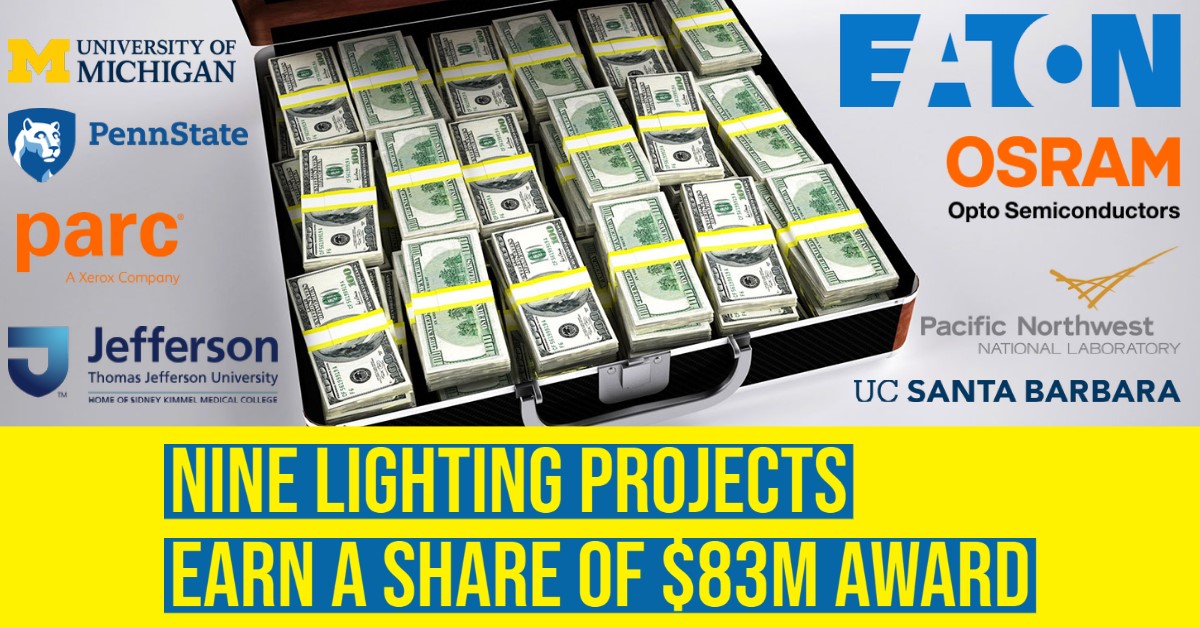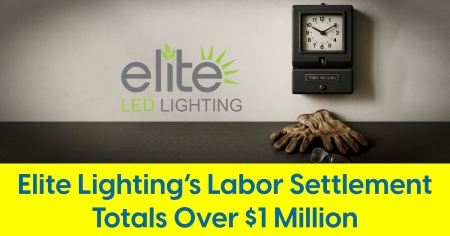August 13, 2021
DOE Announces Nearly $83 Million to Increase Building Energy Efficiency and Cut Consumers' Energy Bills
44 Projects Will Drive Innovations in Building Materials, Lighting, and Heating and Cooling Systems
WASHINGTON, D.C. — The U.S. Department of Energy (DOE) today awarded $82.6 million in funding to 44 projects that will lower Americans’ energy bills and help meet President Biden’s goal of net-zero carbon emissions by 2050 by investing in new energy efficient building technologies, construction practices, and the U.S. buildings-sector workforce.
“Americans spend about $100 billion every year on wasted energy from buildings, heating and cooling units, and more – increasing energy bills and needless emissions that dirty our air and worsen the climate crisis,” said Secretary of Energy Jennifer M. Granholm. “By pursuing advancements that make both existing and newly constructed buildings more energy efficient, we can save consumers money and reduce the climate impacts of the places we live and work.”
Nine of the projects awarded funds are in the category of Lighting Technology Research, Development, and Field Validation:
- Eaton Corporation (Menomonee Falls, Wisconsin) will validate a new design methodology that applies automated luminaire design and additive manufacturing to optimize light-emitting diode (LED) lighting for the built environment. This methodology will allow manufacturers to reduce part counts and produce custom LED optics while avoiding some of the expenses and long lead times of traditional manufacturing.
- OSRAM Opto Semiconductors (Portland, Oregon) will develop cadmium-free quantum dot color converters that are robust enough to endure the typical operating conditions of solid-state lighting devices. These converters will allow a wider color range in solid-state lighting, improving occupant well-being.
- Pacific Northwest National Laboratory (Richland, Washington) will update state-of-the-art software tools for lighting design, informed by laboratory and field work, to include the capabilities of solid-state lighting technology and their interactions with occupants’ environments.
- Palo Alto Research Center Inc. (Palo Alto, California) will develop a manufacturing process to place LEDs on a thin sheet at high-precision, via roll-to-roll printing building lighting platform composed of thin, bendable sheets of solid-state light-emitting diodes (LEDs) that are more efficient, affordable, and lightweight than current organic LED lighting sheets. These lighting sheets will also feature distributed electronics throughout the lighting system to optimize energy efficiency and function.
- Pennsylvania State University (University Park, Pennsylvania) will develop a framework for measuring lighting application efficiency (LAE), the relationship between electrical power consumed by lighting hardware and the amount of generated light that is useful to building occupants.
- Pennsylvania State University (University Park, Pennsylvania) will develop OLEDs on substrates that enable luminance equal to existing devices with lower current density, enabling improvements in efficiency and OLED lifetime.
- Regents of the University of Michigan (Ann Arbor, Michigan) will produce longer-lived white organic light emitting diodes (OLEDs) by developing techniques to extend the lifetime of the shortest-lived component of white OLED assemblies–blue OLEDs–to 50,000 hours of operation or more.
- Thomas Jefferson University (Philadelphia, Pennsylvania) will strive to demonstrate that the light emitted by solid-state lighting can improve the health and well-being of hospital workers and patients over the light of conventional fluorescent lights.
- University of California, Santa Barbara (Santa Barbara, California) will develop light-emitting diodes with improved energy efficiency, to address long-standing challenges hindering highly efficient, color-mixed solid-state lighting.
The DOE’s Building Technologies Office competitively selected from its Buildings Energy Efficiency Frontiers & Innovation Technologies (BENEFIT) funding opportunity announcement. For more information about DOE’s work to improve buildings, visit the Building Technologies Office website.
The mission of DOE’s Office of Energy Efficiency and Renewable Energy is to accelerate the research, development, demonstration, and deployment of technologies and solutions to equitably transition America to net-zero greenhouse gas emissions economy-wide by no later than 2050, and ensure the clean energy economy benefits all Americans, creating good paying jobs for the American people—especially workers and communities impacted by the energy transition and those historically underserved by the energy system and overburdened by pollution.
Don’t miss the next big lighting story…Click here to subscribe to the inside.lighting InfoLetter |










